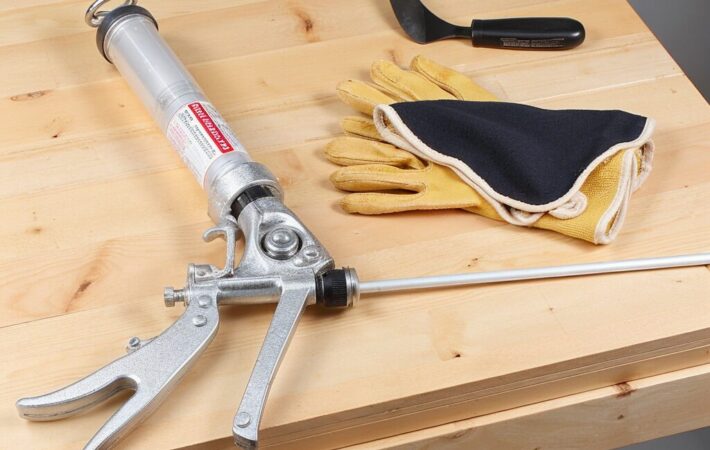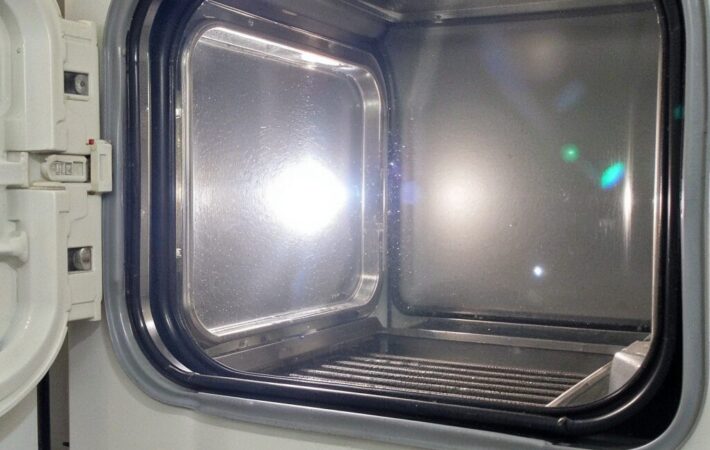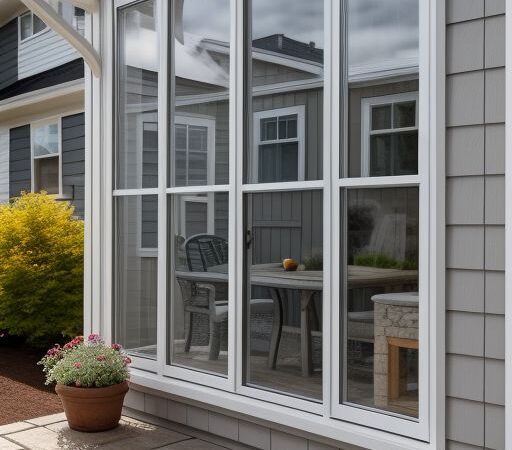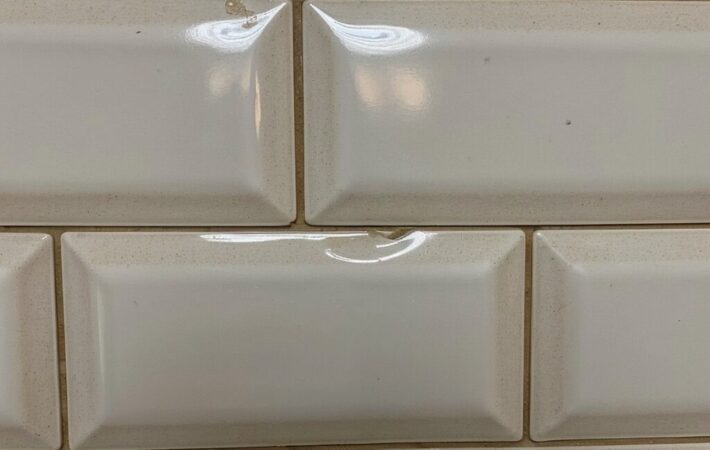Silicone sealants are the unsung heroes of weatherproofing projects, offering unmatched durability, flexibility, and waterproofing for homes, vehicles, and outdoor spaces. Whether you’re sealing windows, protecting outdoor furniture, or tackling heavy-duty industrial applications, silicone sealants are the perfect solution.
In this guide, we’ll explore 10 expert tips for weatherproofing with silicone sealants, troubleshooting common issues, and sharing product recommendations to ensure you achieve long-lasting results.
Why Weatherproofing with Silicone Sealants is Essential
Silicone sealants offer a range of benefits that make them indispensable for weatherproofing applications:
- Waterproofing: Silicone sealants create a watertight barrier, protecting against leaks and moisture damage.
- UV Resistance: They resist discoloration and degradation from prolonged sun exposure, making them ideal for outdoor use.
- Durability: Silicone sealants withstand extreme temperatures, heavy rain, and other harsh weather conditions.
- Flexibility: They maintain elasticity even after curing, making them ideal for surfaces prone to movement or vibrations.
Quick Fact:
Using silicone sealants on windows and doors can improve insulation by up to 15%, reducing energy costs significantly.
For more on why silicone sealants are a must-have, read our Top 7 Applications of Silicone Sealants.
Top Applications for Weatherproofing with Silicone Sealants
Silicone sealants are versatile and can be used in several critical weatherproofing scenarios:
1. Sealing Windows and Doors
Drafty windows and doors are a major contributor to energy loss. Silicone sealants fill gaps and prevent air leaks, keeping your home energy-efficient and comfortable.
- Recommended Product: AutoStar Germany Multi-Purpose Silicone Sealant.
- Pro Tip: Always use a caulking gun for even application and smooth finishes. Reapply sealant every 2-3 years for maximum efficiency.
Learn more about window sealing in our Guide to Silicone Sealants for Different Applications.
2. Outdoor Projects: Gutters, Roofs, and Siding
Outdoor areas are exposed to rain, wind, and UV rays, making weatherproofing essential. Use silicone sealants to protect gutters, roofs, and siding from water damage.
- Pro Tip: For outdoor applications, choose a UV-resistant silicone sealant to prevent cracking or discoloration over time.
- Example: Use AutoStar Germany Sealant for long-term durability in outdoor projects.
For more outdoor product options, check out ToolStation’s Sealant Buying Guide.
3. Weatherproofing Vehicles
Silicone sealants are indispensable in automotive weatherproofing, sealing windshields, windows, and body panels to prevent water leaks and resist temperature fluctuations.
- Top Product: AutoStar Germany Windscreen Glass Sealant.
- Quick Tip: Outline the application area with masking tape for precise results, then remove it before the sealant cures.
4. Protecting Outdoor Furniture
Extend the life of your outdoor furniture by sealing joints and edges with silicone sealants. They prevent water damage and reduce wear caused by UV exposure.
- DIY Idea: Apply a clear silicone sealant to wicker furniture to make it waterproof and weather-resistant.
5. Sealing Decks and Patios
For decks and patios, silicone sealants protect against moisture, cracks, and structural damage caused by water infiltration.
- Pro Tip: Clean the surface thoroughly before applying the sealant to ensure a strong, lasting bond.
Top Tips for Effective Weatherproofing
1. Choose the Right Silicone Sealant
Not all silicone sealants are created equal. Always choose a high-quality product designed for your specific application, such as AutoStar Germany Multi-Purpose Silicone Sealant for general use.
2. Prepare the Surface
A clean, dry surface is crucial for strong adhesion. Remove dirt, grease, and old sealant before applying new silicone.
3. Apply Evenly
Use a caulking gun for a smooth, even bead of sealant. This prevents air bubbles and ensures a watertight seal.
4. Allow Ample Curing Time
Most silicone sealants cure within 24-48 hours. Avoid exposing the seal to water or extreme conditions during this period.
5. Inspect Regularly
Check seals annually, especially before winter, to identify and repair cracks or peeling sealant.
Troubleshooting Common Weatherproofing Problems
Even with proper application, you may encounter issues with silicone sealants. Here’s how to fix them:
- Solution: Use a mold-resistant sealant like OPTIMUS Waterproof Silicone Sealant and clean the surface regularly.
- Solution: Ensure proper surface preparation and reapply sealant in a dry, dust-free environment.
- Solution: Apply steady pressure with a caulking gun and avoid overworking the sealant.
Visit our Complete Guide to Choosing Silicone Sealants for more troubleshooting tips.
FAQs About Weatherproofing with Silicone Sealants
Yes, as long as the wood is clean, dry, and treated for outdoor use.
High-quality sealants can last 5-10 years, depending on exposure and maintenance.
Yes, silicone sealants provide excellent waterproofing, making them ideal for bathrooms, kitchens, and outdoor projects.
Conclusion: Elevate Your Weatherproofing Projects
Weatherproofing with silicone sealants is a simple yet effective way to protect your home, vehicle, and outdoor spaces from moisture, drafts, and extreme weather. By choosing the right products, following expert tips, and maintaining your seals, you can ensure lasting results.
🚀 Get Started Today!
Shop our Silicone Sealant Collection and find the perfect product for your weatherproofing needs.






Leave a comment
Your email address will not be published. Required fields are marked *